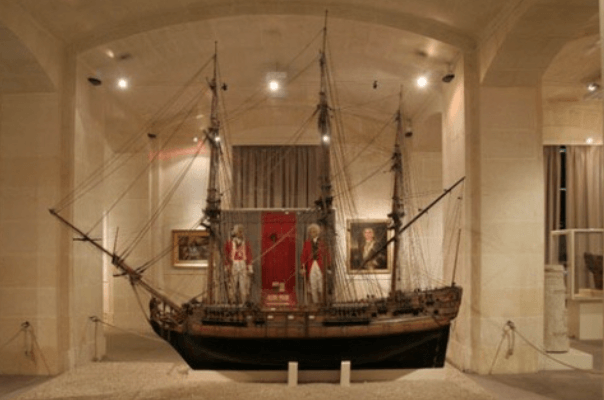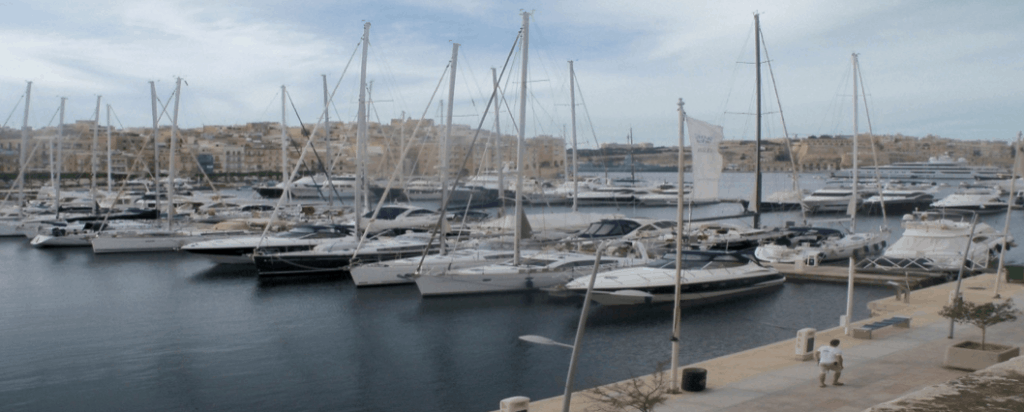A Background to Heritage and The Maritime
Heritage is often likened to a kind of devotion which is indeed spiritual. This heritage was born with humanity and continues to breathe a breath of everlasting stories. Heritage always seemed to reveal its roots on the western part of the globe. The importance of such a phenomenon triggered off the first meeting of monuments in 1931 which was carried out by Europeans alone.
As a columnist observed (The Heritage Crusade and the Spoils of History);
“The more people are on the move, the more they will grasp at tangible memorials of their collective past.” The latter statement indeed highlights the notion of diverse lifestyles of the past which present generations tend to treasure and look into so profoundly.

With the aforementioned lifestyles, one may also consider the geographical location of events which took place in particular areas in sync with particular themes. Such themes would bring to mind those of a maritime scenario particularly in the area of the three cities: Cospicua, Vittoriosa and Senglea.
In fact, The Maritime Museum is situated in an excellent position with lovely sea views which compliment the theme. The Islands of Malta posses a differentiated, however fragile, cultural landscape. It is indeed because of this landscape being shaped by seven millennia of activity by mankind, that the resources of this land have conditioned that way in which identity and culture have paved their way through the years.
The Maritime Museum is a very good representation of Malta’s rich heritage in a somewhat chronological order ranging from the Roman period to the British era. The site has an intimate connection with Malta’s maritime history, in that during the times of the Knights the site was in fact used as a slipway whilst during the British era the site was occupied by the naval bakery serving the Mediterranean British fleet.

The Maritime’s main objectives in relation to Artifacts/History Collection
Housed within the Old Navel bakery, the Malta Maritime Museum opened to the public on July 1992 and it charts Malta’s maritime history during high activity period in the Mediterranean and also illustrates the global nature of seafaring and its impact on Society. The museum’s collection consists of different artefacts highlighting the different periods of the Maltese Islands.
The Roman Collection
Collection of anchors, found of the shores of Malta. The largest anchor found to date thought to belong to a Roman cargo ship. From the anchor dimensions they were able to roughly envisage the size of the Roman cargo ships themselves. A number of amphorae were also found around the shores, which were storage jars used for transporting goods such as wine and oil. During this period, we find the most important historical event when in 60AD St. Paul was shipwrecked in Malta and said to have converted the Islands to Christianity.
The Pulena
This is an Irish mythological figure, which is thought to bring good luck. The HMS Hibernia largest ship from Napoleonic wars eventually simultaneous with Malta as it was anchored in Malta and used to house sailors. In fact, this ship features in many photos and paintings of the grand harbour. It is important to note that in all the pictures, the head is missing as sailors would chip pieces of as a form of good luck. Eventually the ship decommissioned and was bought by a Maltese entrepreneur, who in turn was sold to bakeries in Malta. This led to a number of persons dying due to lead poising in bread due to the presence of lead in the paint. The figure head holds a harp, which is a symbol of Ireland.
The importance of ships
As Malta is situated in the centre of the Mediterranean, this made it highly active during the era of the Knights of St.John. The Vaxxell model found at the Maritime Museum is a unique model that depicts the great skills Maltese men possessed during that busy period. Another model found in this museum is that of “Tal-Latini. This was frequently used up till the 1950’s. It was the only way one could travel from Malta and Gozo and vice versa.
The Carrack
This was the most important and formidable vessel the knights had at their disposal. Initially, the Knights had the Santa Maria, which they required while still in Rhodes and they used mainly for shipments.
The ship was however destroyed once in Malta when a young boy snuck on the ship to steal some gunpowder and accidentally caused an explosion ripping through the vessels deck. The Knights of St.John then commissioned a new vessel in 1522 called St.Anna.
The Housing of Particular Events
This museum houses a number of monuments that once embellished particular events. One important note is a water spout in the shape of a cannon. The cannon spout formed part of the Neptune Fountain, in fact the statue now adorns one of the grandmaster’s courtyards, and was the point where ships would get their fresh water supply. On the mouth of the cannon a latin transcription roughly translates to;
“Don’t be afraid little ship for I do not bring death but life”.
Interpretation:
Upon entry, there is an interactive board, just like the one found at the Domus Romana. It is funded by the EU and the following links are found:
- About museum
- History of museum
- Location
- Gastronomy
- Gallery
Next to every piece of artefact, there is a description of the piece accordingly. This is the main interpretation that the Maritime Museum in Malta offers.
He also stated that there are ongoing ideas in order to create different types of interpretation such as the compass card. These so called compass cards are used to slot in various artefacts in order for the information to be displayed. Such information and more are then automatically sent to the guest’s e-mail address or at home.
If you are interested in Martime, maybe you would want to read our Boats in Malta article.
